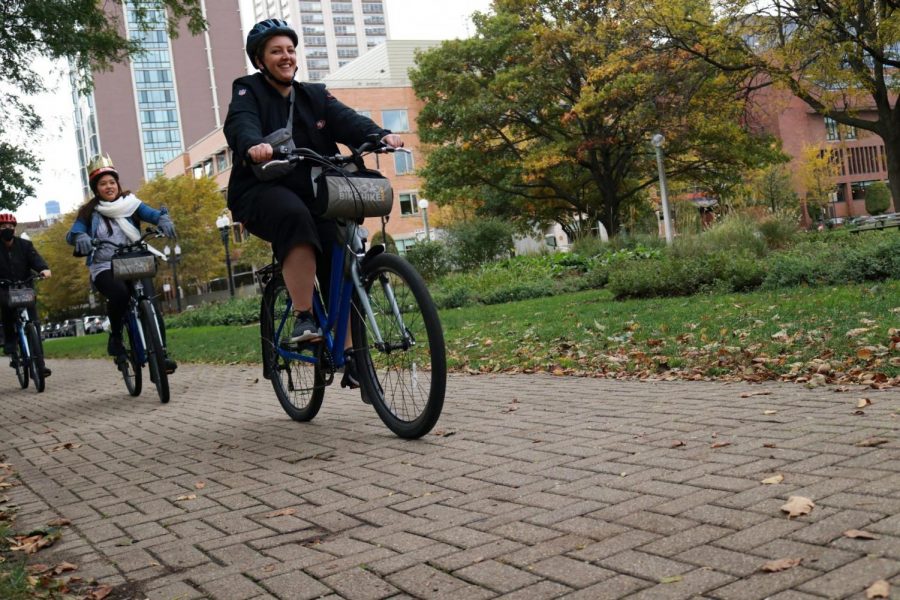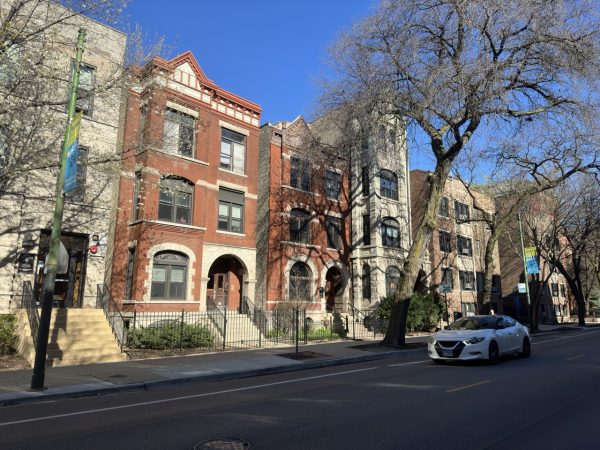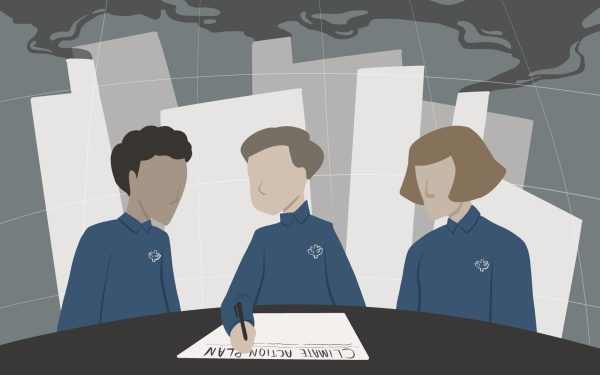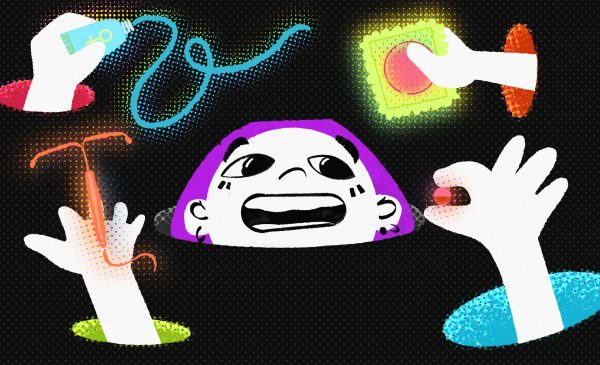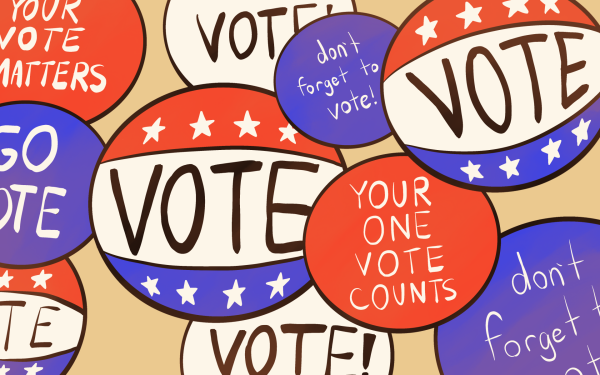Chicago History Museum: the Jaffee History Trail connecting with the community in a new way
Chicagoans ride along the Jaffree History Trail where they can see the outdoor sculptures.
While walking along the busy sidewalks in Lincoln Park it’s easy to be on autopilot, so focused on getting to the next destination without appreciating what might be around us to take a minute and slow down and learn local history.
Chicago History Museum’s newest addition, the Jaffee History Trail, opened this October after several months of construction and is free to the public. The trail transforms 4.5 acres of parkland in Lincoln Park into an educational history trail. It features an array of sculptures, open spaces and gardens.
“The overall goal of the project was to share Chicago stories outside the walls of the museum,” said Kris Nesbitt, Chicago History Museum’s chief strategic initiatives officer. “This trail provides an experience beyond our doors to engage with the community.”
Rachel Hatch, the public communications manager of the Chicago History Museum, explains that the museum is dedicated to sharing Chicago stories and the Jaffee History Trail makes that mission possible.
Located behind the museum on 1601 N. Clark St., a mile from DePaul’s Lincoln Park campus, the trail provides a space for people to stop and interact with Chicago’s history in a new way.
“One of the cool things about this section of the park is that it’s so heavily used, so many people are coming from different places, from residents to tourists,” Nesbitt said.
The trail includes historical elements, such as a massive relic from the Great Chicago Fire of 1871, that represent Chicago’s resilience, as well as the Couch Tomb, a small building that serves as a reminder that the space was once a city cemetery.
The trail has eight different stops to give a closer look into Chicago’s history. Each stop tells a story, starting with the word resilient and ending the trail with the phrase “Chicago is Connected.”
The path features a collection of 12 weathervanes, designed by local Chicago artist Bernard Williams in collaboration with the Chicago Park District’s 15 cultural centers.
According to Williams, incorporating the history of Chicago and its community was the most important part of the planning process.
“[The Chicago History Museum] had a mission to not just do generic symbols that might represent Chicago, they also wanted to go deeper and connect with a number of parks around Chicago,” Williams said.
To achieve this, the museum worked closely with the Chicago Park District and a variety of local community groups and organizations.
The overarching mission of the museum is to share Chicago’s stories, serve as a hub of scholarship and learning, inspiration and civic engagement.
“The museum deserves a lot of credit for going a lot deeper by drawing in the community … while allowing voices from various backgrounds to be heard,” Williams said.
In the last 10 years, Williams has centered his work around creating outdoor sculptures and is driven by a genuine interest in history and culture. After the museum considered a small group of artists, Williams ended up being the perfect fit for both of them and what they wanted to accomplish.
Williams’s job in this project was to bring the museum’s visions to life. By incorporating his format of flat, cut-out symbols, each weathervane has its own unique story that contributes to the broader message of telling the city’s history and character.
“The nature of the symbols is that they have multiple meanings,” Williams said. “It’s not important that [the visitors] know exactly what each symbol means.”
Williams encourages visitors to interact with the different symbols — like the hand within a hand, a person playing a musical instrument, two people dancing — and come up with their own interpretations of them.
Nesbitt said patrons of the community have reacted positively to the trail.
“You see a lot of people enjoying themselves, which is a big part of the overall goal,” Nesbitt said.
Williams hopes that the trail will invoke notions of connection, vitality, energy and positivity all while taking a moment to slow down and take in what the trail has to offer.
“These kinds of spaces allow people to engage in artwork and understand the histories that are now available for people within the city to have all of those experiences,” Williams said.
The trail has a storyline that explains the resilience, complexities and connectedness from the past, present and future of Chicago’s history.
“We are thrilled to bring Chicagoans and visitors together to reflect on our city’s resilience and the historic moments that made us the strong city we are today,” Hatch said.


